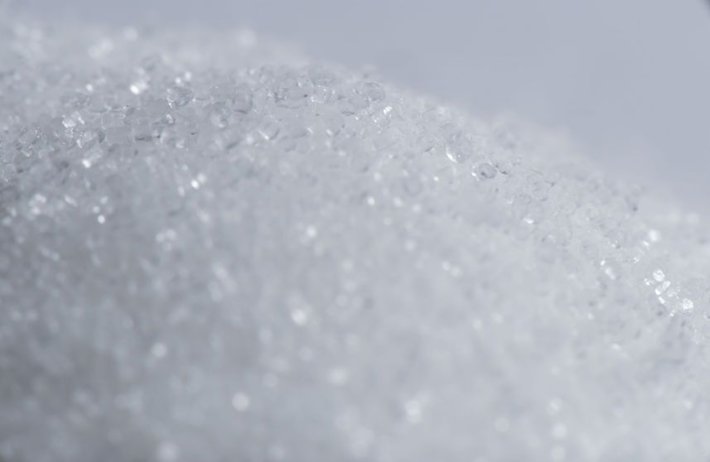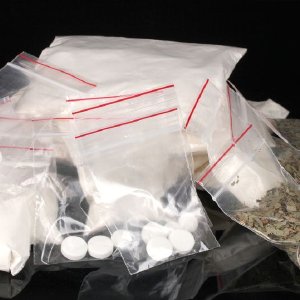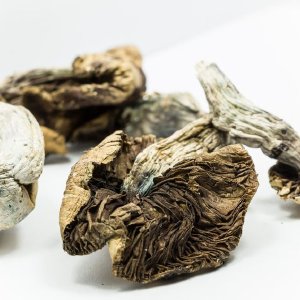What Are Bath Salts and How Are They Abused

The family of drug substances that are referred to as bath salts are incredibly dangerous—primarily because they are so new that health officials are as yet unfamiliar with all their effects, but also because their ingredients can vary widely from manufacturer to manufacturer and batch to batch. Federal laws that seek to ban these drugs from sale and consumption can feel perpetually one step behind the manufacturers because as soon as they ban some of the substances used in the manufacturing process, other substances that have not been banned can be substituted. Obviously, this permits the manufacturer to constantly step through legal loopholes, but it also means that the consumer can receive new drug compositions that can be fatal with a single dose.
Bath salts are a synthetic version of cathinone, which is a stimulant substance found in the East African khat plant. While natural cathinones can, of course, be strong and dangerous, synthetic cathinones like bath salts are often acknowledged as far stronger and more dangerous.
Abusing Bath Salts
Synthetic cathinones like the bath salts drug normally present in white or brown crystal-like powders and are sold in small packages that are clearly labeled “not for human consumption” in an effort to get around laws that would be intended to prevent their use. This means that they may be labeled as plant food, jewelry cleaner, phone screen cleaner or bath salts. They shouldn’t be confused with real bath salts, which do not contain mind-altering ingredients, and are not dangerous when used as intended and directed (while bathing).
Synthetic cathinones are ingested by being swallowed, snorted, smoked or injected. Because they are chemically similar in composition to amphetamines, cocaine, and MDMA, their effects on the individual are also similar to these drug substances—though as mentioned earlier medical professionals and health officials are still not entirely aware of all possible effects of bath salt use. Generally speaking, these stimulant drugs tend to lower the individual’s inhibitions, anxiety, and depression. They can also cause the individual to feel as though they have more energy, and they may, therefore, remain awake and active for longer periods of time.
Individuals who consume bath salts may also experience:
- Increased heart rate and blood pressure
- Paranoia
- Hallucinations
- Increased sociability
- Increased sex drive
- Panic attacks
- Excited delirium
- Agitation
- Violent behavior
- Nosebleeds
- Excessive sweating
- Nausea
- Dehydration
- Deterioration of muscle tissue
- Kidney failure
Bath Salts Addiction
As a synthetic cathinone and a stimulant drug substance, bath salts are absolutely incredibly addictive. An individual who has begun to use synthetic cathinones will often find that they crave more of the drug, and will compulsively take it in increasingly higher quantities as they develop a greater tolerance for it. Furthermore, the withdrawal symptoms that occur as a result of reducing or stopping synthetic cathinone use can drive the individual to continue using the drug. Some of these withdrawal symptoms are depression, anxiety, tremors, sleep difficulties, and paranoia.
Fortunately, despite the fact that bath salts are relatively new to the drug scene and their full effects are as yet unknown, an individual who is addicted can still receive the professional rehabilitation treatment they need in order to fully and permanently recover. This includes addressing the underlying reasons for the individual’s initial bath salts use, resolving the many effects of bath salts use, and providing the individual with the various life skills necessary to protect against a future return to drug use.
If you know someone who is suffering from bath salts abuse or addiction and needs help, contact Narconon Arrowhead today at 877-508-8151.


